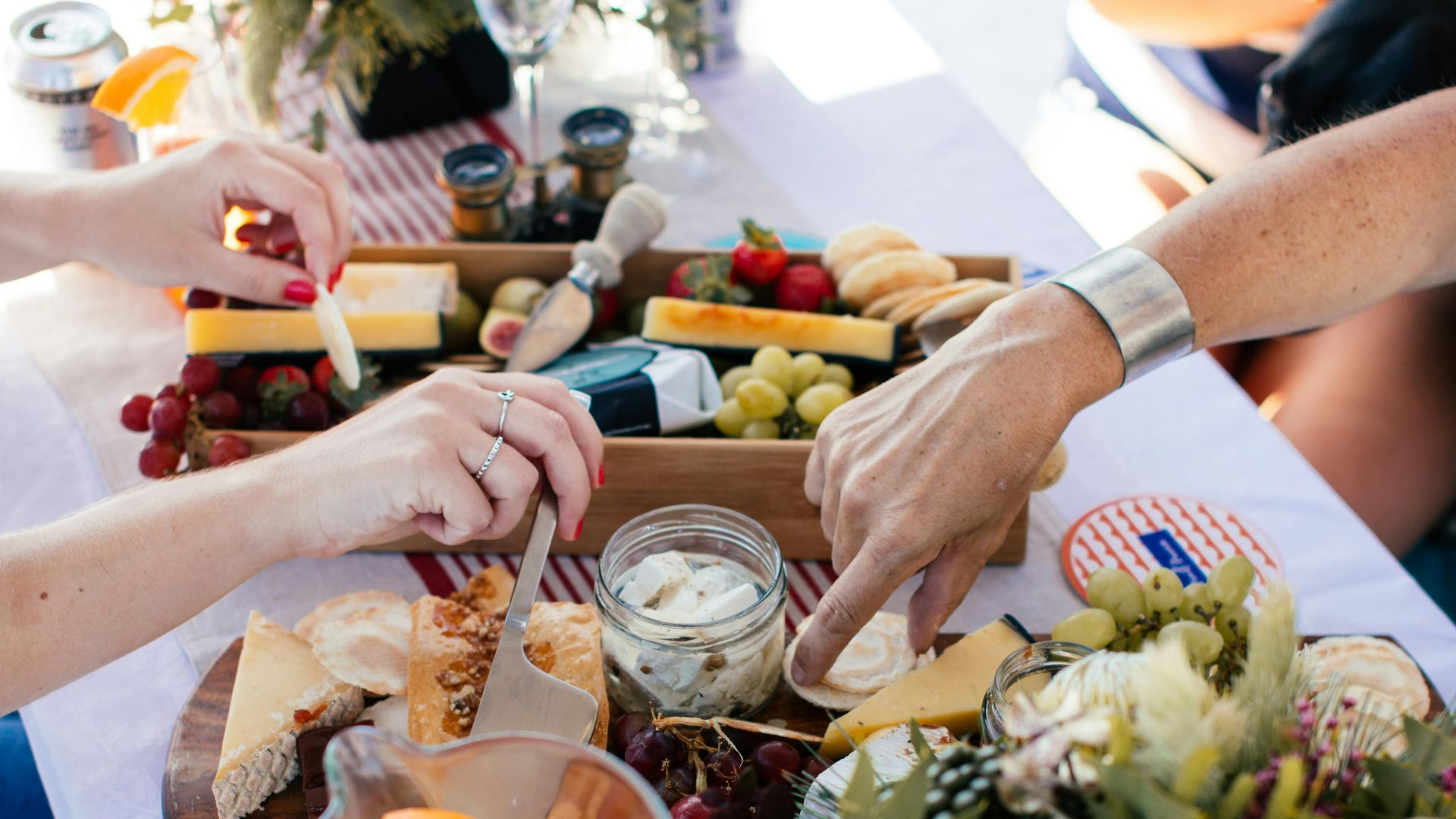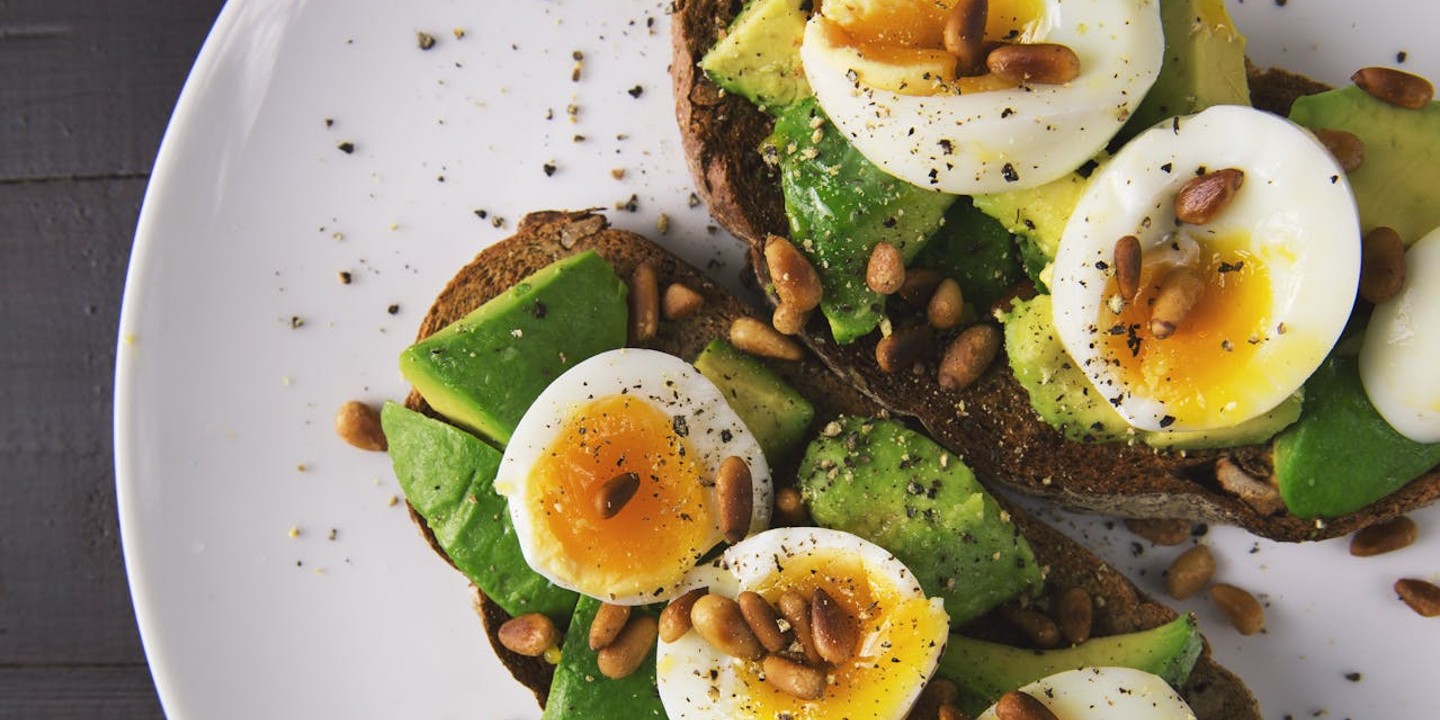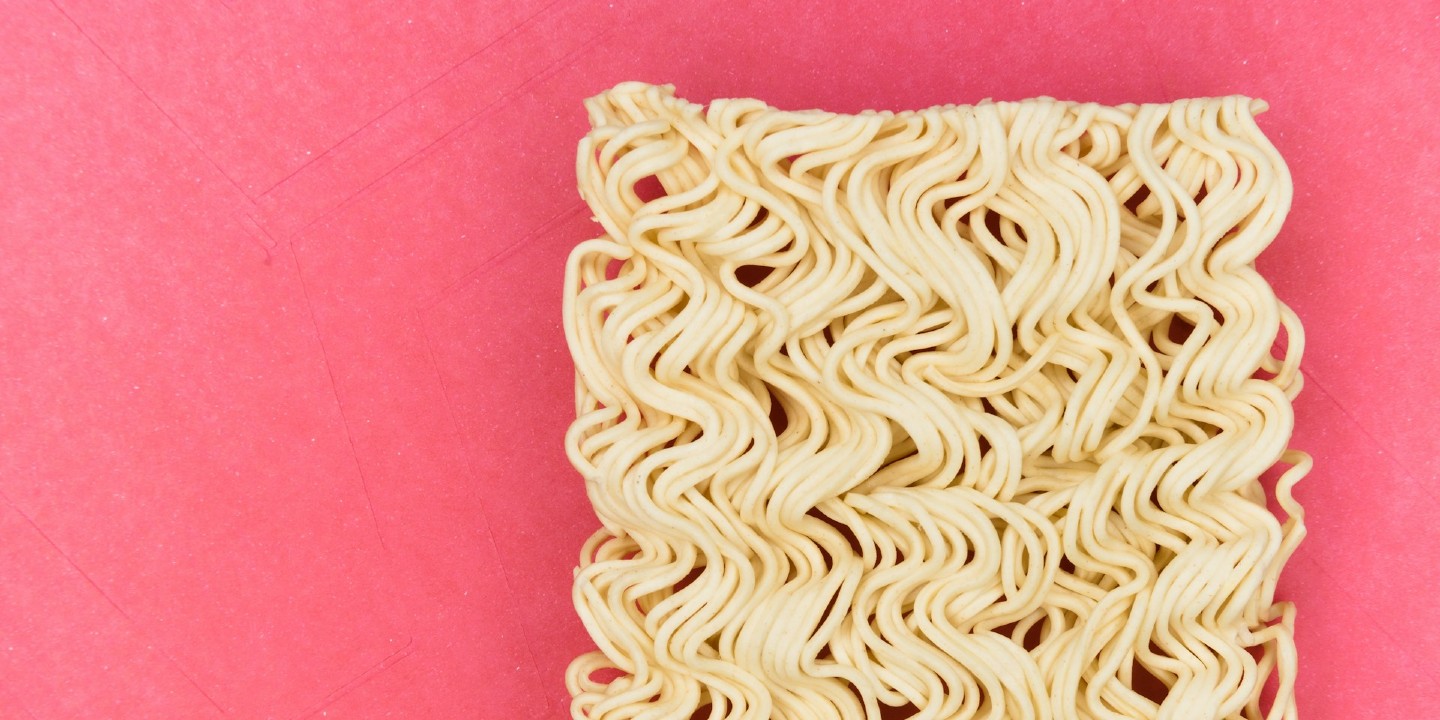Not Your Average Dinner Table Picks
Food isn’t just about comfort—it’s also one of the boldest ways to have new experiences. Across cultures, kitchens have crafted creations that surprise the palate and sometimes push boundaries of what we imagine as “edible.” Between daring textures and flavors that spark debate, many unique dishes carry rich traditions and fascinating stories. Ahead lies a collection of twenty adventurous foods guaranteed to intrigue and maybe even inspire your next unforgettable bite.
 bryan... from Taipei, Taiwan on Wikimedia
bryan... from Taipei, Taiwan on Wikimedia
1. Balut
Street vendors in the Philippines sell balut as a protein-packed snack that surprises many first-timers. Containing a partially developed embryo, it is usually sprinkled with salt and vinegar. Locals swear by its iron boost, making it adventurous fuel.
2. Hákarl
Iceland’s infamous shark delicacy sits buried for months in order to shed its natural toxins. What emerges is pungent, ammonia-scented meat revered in Viking tradition. It’s definitely an acquired taste, but daring visitors sample it boldly.
3. Escamoles
In Mexico, escamoles are nicknamed “insect caviar” and harvested from deep agave roots. These ant larvae are sautéed into buttery bites or folded into tacos. Praised for protein and fatty acids, they’re surprisingly creamy and prove that insects can be both gourmet and sustainable.
4. Century Egg
China’s century egg might shock at first glance—it turns into a black, jelly-like delicacy after being preserved for weeks or months in ash, clay, and salt. Despite its pungent aroma, this Chinese delicacy delivers a bold flavor worth exploring.
5. Casu Marzu
Just imagine digging into cheese that’s actually alive. Casu Marzu is a Sardinian sheep milk specialty wriggling with maggot larvae. Banned across the EU, its extreme softness comes from fermentation and creates a daring bite.
6. Chicken Feet
Crunchy yet tender, chicken feet turn up as favorites in both Chinese and Caribbean kitchens. Often braised until silky or deep-fried for extra bite, they’re packed with collagen and gelatin. Many fans enjoy them for both taste and joint-friendly benefits.
 Roderick Suñaz Sumalinog on Wikimedia
Roderick Suñaz Sumalinog on Wikimedia
7. Sannakji
Order sannakji in Seoul, and the plate arrives wriggling—literally. Fresh octopus tentacles twitch as diners dip them carefully into sesame oil before chewing mindfully to prevent choking. Considered a delicacy in Seoul, it’s also a dangerous thrill.
8. Surströmming
Few foods carry fame based on smell alone like Sweden’s surströmming. Herrings ferment for half a year, creating an aroma so strong that tradition insists on eating outdoors. Paired with potatoes and flatbread, fans claim its flavor is brighter than its reputation.
9. Mopane Worms
Snack time in Southern Africa might include mopane worms—nutrient-dense caterpillars loaded with protein and minerals. These are often fried or dried into crunchy bites. Sustainably harvested, the wrigglers prove nutritious eating doesn’t always look conventional.
 Ilka Nghinamupika on Wikimedia
Ilka Nghinamupika on Wikimedia
10. Rocky Mountain Oysters
Despite the name, these aren’t seafood—they’re deep-fried bull testicles, born from American ranching culture’s no-waste ethos. Served hot with tangy cocktail sauce, they’re surprisingly meaty and packed with zinc. Brave eaters discover a quirky rite of passage in cowboy cooking.
11. Jellyfish Salad
In Chinese and Vietnamese kitchens, Jellyfish salad is refreshingly light. Marinated in sesame oil and vinegar, the crunchy texture surprises most people. Bonus points—it’s low in calories yet delivers an aquatic bite worth bragging about.
12. Fugu
Dining doesn’t get more nerve-wracking than trying fugu (Pufferfish), the notorious Japanese delicacy. Inside its organs hides tetrodotoxin, a poison so lethal that only licensed chefs may prepare it. Whether sliced raw as sashimi or simmered in hot pots, its thrill is unforgettable.
 Raita Futo from Tokyo, Japan on Wikimedia
Raita Futo from Tokyo, Japan on Wikimedia
13. Blood Pudding
Breakfast in Britain or Ireland often turns daring with blood pudding, crafted from pig’s blood blended with oats and fat. The dish is served sliced and fried, and it delivers protein and iron in every bite.
14. Tuna Eyeballs
Few bar snacks shock quite like tuna eyeballs. Common in Japanese izakayas, they’re steamed or boiled before arriving at your table and are rich in omega-3s. Their rubbery texture, resembling squid, intrigues curious eaters braving the eerie stare before popping one in.
15. Frog Legs
Frog legs are similar to chicken, but lighter and more delicate. Traditionally sautéed with garlic and butter, this French delicacy offers lean protein with little fat. Their mild taste makes them less intimidating than their quirky reputation suggests.
16. Silkworm Pupae
Snack machines in South Korea sometimes dispense silkworm pupae, a quirky treat called beondegi. Steamed or boiled with seasoning, they offer a crunchy shell and are soft inside. Nutrient-packed with fiber and protein, these curious bites occupy a beloved spot in street food culture.
17. Sea Cucumber
Though the name doesn’t scream appetizing, sea cucumbers are consumed across East Asia. Their slippery, gelatinous texture finds a perfect home in soups and stews. Low in fat yet believed to boost immunity, they’re considered restorative delicacies cloaked in mystery.
18. Camel Meat
Camel meat doesn’t just belong in desert tales—it’s a staple in Middle Eastern cooking. It’s typically grilled or slow-stewed and is naturally leaner than beef. Rich in iron and vitamin B12, it delivers both flavor and nourishment.
19. Duck Blood Soup
Savory but intense, duck blood soup is rooted in Polish and Chinese traditions. The blood broth is thickened by adding vinegar and spices. Often served steaming with noodles or rice, it’s high in iron and hemoglobin.
20. Alligator Tail
High in protein and low in fat, alligator tail surprises as a Southern specialty with more bite than its fearsome looks suggest. Typically grilled or fried, its chicken-like flavor feels familiar, while lean nutrition makes it a healthy beef alternative.
 Recreate Pappadeaux Fried Alligator Bites At Home | CopyCat Recipe by Cooking with Manual Focus
Recreate Pappadeaux Fried Alligator Bites At Home | CopyCat Recipe by Cooking with Manual Focus
KEEP ON READING

Happy Hour: The 20 Best Foods For Social Snacking






















